Publisher
Routledge
ISBN 10
1032498390
Published
29 Mar 2024
For the classical educators of the past, one of the principles for designing a truly excellent curriculum was ‘ad fontes’: back to the sources.
For the modern-day educator there is an undoubted, evidence-based turn in all areas of the profession; a good thing. But to avoid the inevitable biases of social media summarisers and one-page CPD makers, we must always seek to go back to the sources, back upstream to the original work of those who still influence our practice.
This is hard for time-poor educators. Unlike the classical teachers of the past, we do not sit around debating socratically; we have books to mark, meetings to attend, parents to make peace with. We need a guide or two who can help us systematise the sources to more deeply develop our own mental models and improving our decisions, our conversations and our teaching.
Kirschner and Hendrick do this effectively in How Learning Happens and that is its greatest strength: two thoughtful researchers guiding their readers to develop a stronger framework for how learning happens than would be possible if you simply looked up the papers and read them yourself.
However, this is not a textbook. Neither is it merely an annotated list of papers or even a history of educational psychology. The writers have thought carefully about the way they have sequenced the research, the introductions they have written and the comments they have made to put together a work that could be read cover-to-cover, or dipped into according to need or level of interest.
In doing so, they’ve created a thoughtful springboard into further research on a particular theme, providing a wise and guiding hand to other sources through their use of QR codes and suggested readings.
The original works are not watered down, but the writers are conscious of technical terminology that may be new to teachers accessing writing like this for the first time. Signposting key terms and concepts in the margins of each chapter, alongside a repetitive, clear structure, the writers have thought carefully about their target audience and ensured that they will be able to develop a strong understanding.
Tread carefully. And leaders, doubly beware’
This second edition includes important additions that add greater depth. For example, it begins with the inclusion of the work of Miller, Tulving and Bartlett, which has the potential to helpfully broaden our understanding of memory and cognition well beyond some of the overly simplistic views of memory seeping into school policies. A good grasp of the original thinkers in this area should support school leaders to be cautious about generalising complex aspects of memory and cognition to lesson design.
But, despite its usefulness, I have two cautions about the way this book has positioned itself.
First, it is important that educators recognise that the science of learning movement does not encapsulate a full-orbed understanding of learning. We are not brains on sticks, and nor do we fully, truly know what goes on inside our brains with any sort of clarity.
We can learn a lot about learning from learning about the way our brains learn, but there are many aspects to learning that can’t (and may never) be understood by empirical research or psychology as a broad discipline.
Second, I applaud the sections in each chapter that attempt to explain how each paper might be applied in practice, but in one fell swoop this over-reaches and over-simplifies.
Some of the research is so complex, and the data so nuanced, that it is very difficult to make claims about learning align perfectly with claims about pedagogy. Although linked, they are two very different things.
Is How Learning Happens worth reading? Definitely. Is it definitive? No.
Do buy and read this book, but tread carefully. Do not treat it as the sum total of all there is to know. And leaders, doubly beware: to see this as the basis of your teaching and learning policies would not lead to the development of the whole child, as your vision statement says.
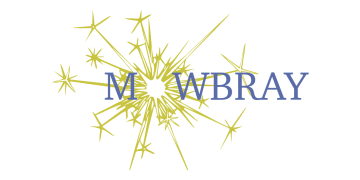



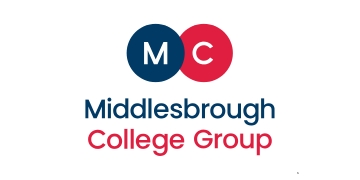



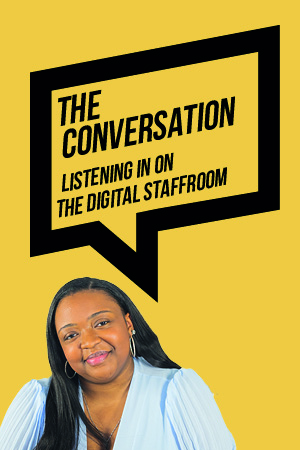
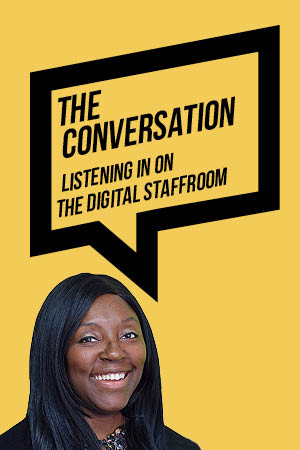
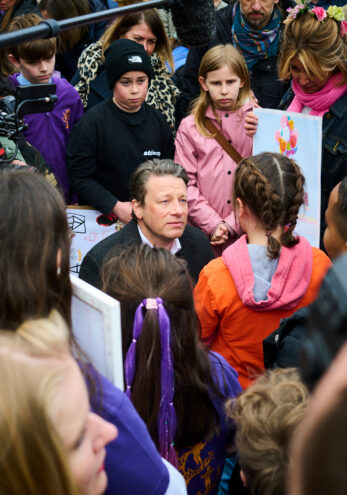


Your thoughts